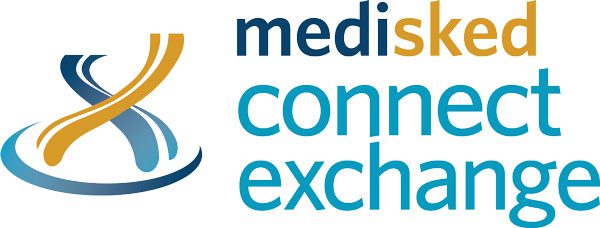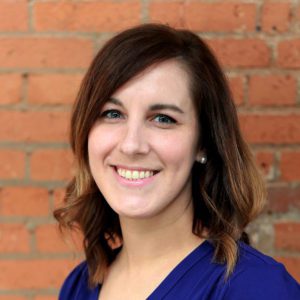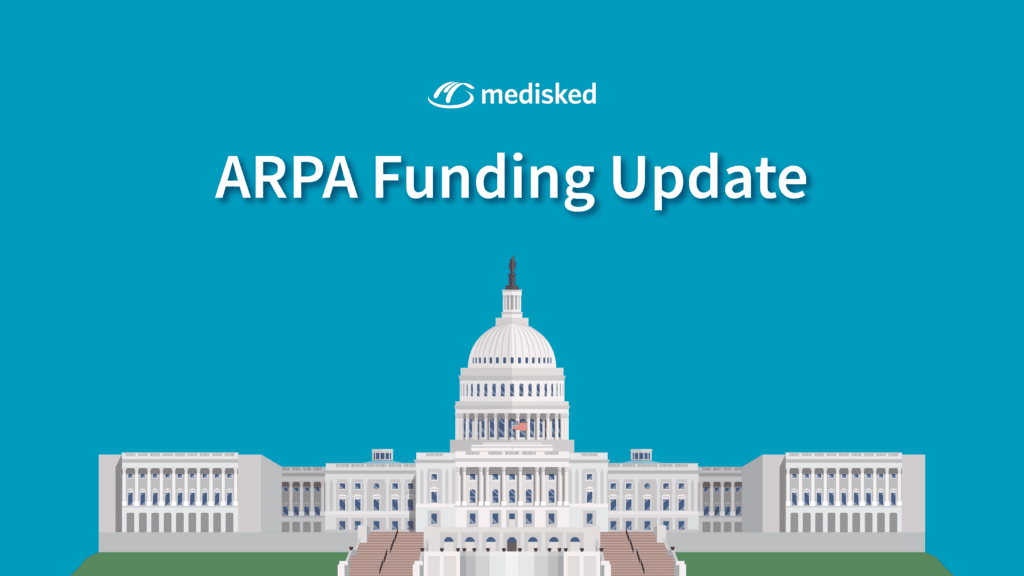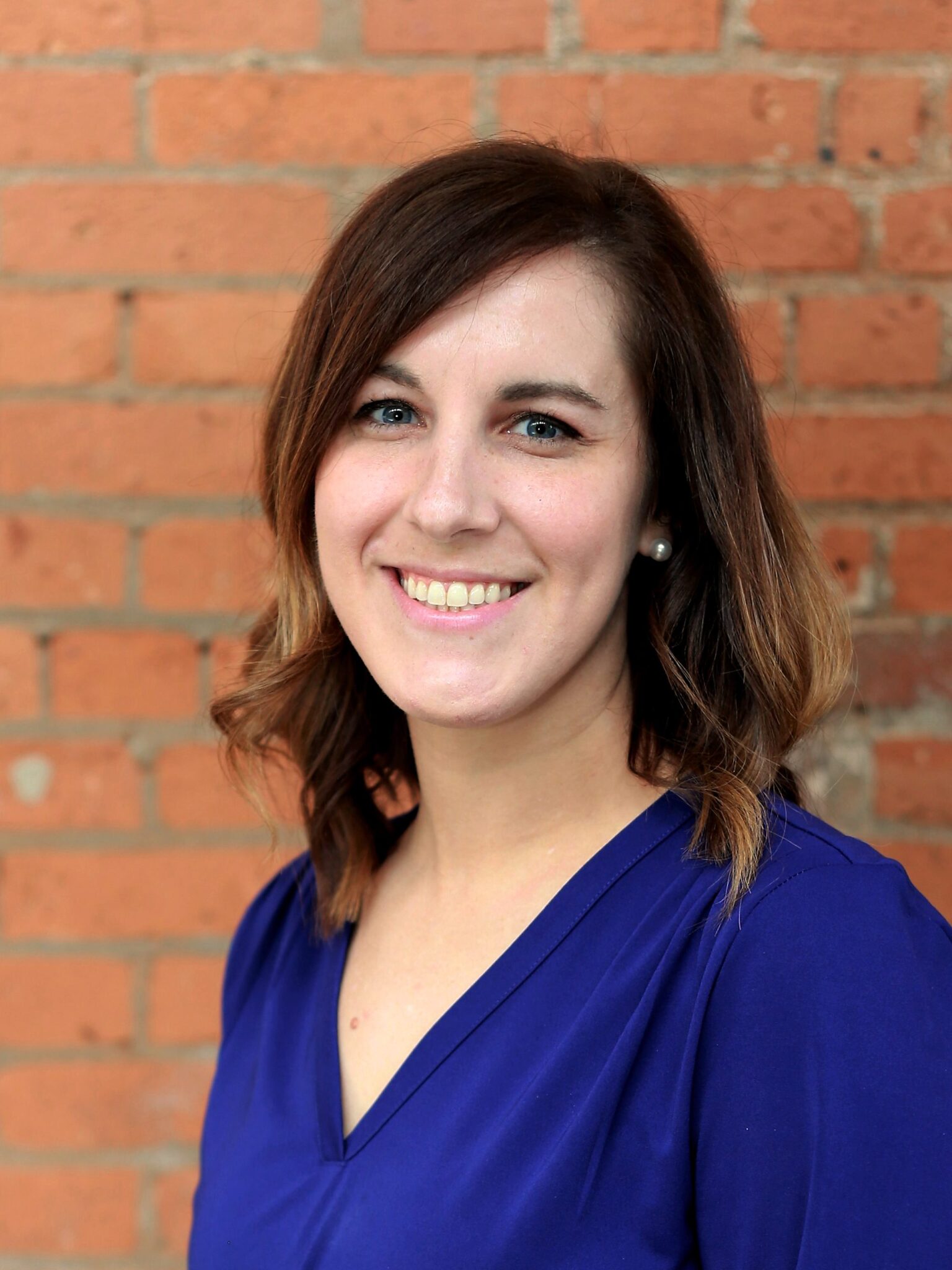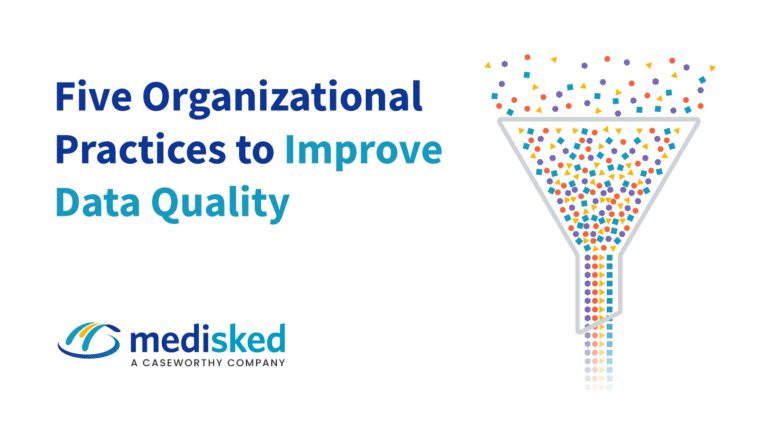Set off by the COVID-19 public health emergency, the urgent need to expand services to individuals within home and community-based settings became apparent. The American Rescue Plan Act of 2021 allowed states to submit plans to CMS qualifying them for a 10% FMAP increase for certain expenditures. States could plan to use the funding to expand eligibility and increase access to HCBS, offer a broader range of community-based services, make long term investments in HCBS infrastructure, support compliance with the home and community-based settings regulatory criteria and promote community integration, strengthen the direct service workforce, address social determinants of health, and improve equity for older adults and people with disabilities.
In my last post, I wrote about the ability for states to plan to use the funding to address access to services by increasing the number of people served on waivers, addressing long waitlists by determining needs, and using technology to manage these waitlists.
CMS has fully approved 48 states’ spending plans and narratives, and many states were able to plan for some very innovative ways to use this funding. Amongst the plans, 20 states planned to use the funding to directly address waitlists in some manner:
| State | Plan for ARPA funding to reduce or eliminate wait lists |
| Alabama | Adding slots to the Elderly and Disabled waiver program to increase the capacity of the program. |
| California | Eliminating the ALW waitlist. |
| Connecticut | Creating an incentive payment program to encourage providers to consolidate current vacancies in congregate settings and redistribute the savings to individuals on the state’s residential waitlists. |
| Florida | Expanding the iBudget Waiver, allowing the greatest number of individuals permissible to be removed from the waitlist. |
| Iowa | Providing Targeted Case Management assistance with waiver applications to ensure people are applying for the correct waiver and will also link to a project for a one-time screening of members on waitlists. |
| Kansas | Performing a study on Intellectual and Developmental Disabilities (IDD) and Physical Disability (PD) waitlists. |
| Kentucky | Developing and assessing people on the waitlist with a focus on connecting individuals to the state plan or community services to meet immediate needs. This assistance focuses on educating the individual and their support system of available resources with a goal to divert or delay the need for long-term services and supports. A study is also being conducted on the current waitlist procedures to develop a standardized waitlist management strategy as well as a comprehensive needs assessment including social determinants of health to develop a plan to meet needs and prevent institutionalization while waiting for an available slot in an HCBS waiver program. |
| Michigan | Expanding the Choices HCBS Waiver to increase the number of program slots by 1,000, to increase access to the program. |
| Minnesota | Assisting people to move from facilities or provider-controlled settings or people currently on the waitlist for these settings, to a home of their own. |
| Mississippi | Increasing capacity to 1915(c) waivers and reducing waitlists. In year one they will enroll an additional 1,600+ members in HCBS across five waivers. |
| New Mexico | Providing a Supports Waiver outreach and education campaign including calls to waitlist members. They will also create a public-facing central registry database which would allow members to see their position on the waitlist, how long it is typically taking a family to move through the waitlist, whether additional documentation is needed, available services through each waiver program, and how to access supports waiver while on the waitlist. Lastly, they will increase the number of 1915(c) HCBS waiver slots to reduce or eliminate the waitlist by adding 400 developmental disability waiver clients. |
| New York | Allowing providers to apply for infrastructure or administrative assistance through a development fund or a grant process for specific goals which may include the ability to lower waitlists. |
| North Carolina | Increasing waiver slots and which will lead to the reduction of waitlists for four of NC Medicaid’s HCBS programs. |
| Oklahoma | Planning to procure a waitlist assessment and navigation vendor to contact every person on the waitlist to strengthen and expand HCBS services by determining their individual needs, as well as provide case management and navigation services. This project will lead to long-term expansion of HCBS programs in Oklahoma. |
| Pennsylvania | Expanding services including respite and family support services to those on waitlists for Intellectual Disabilities/Autism services. |
| Rhode Island | Expanding intensive HCBS to remove waitlists by investing in more appropriate care sooner to lead to quicker recovery and cut down on long hospital stays. |
| Tennessee | Increasing access to Employment and Community First CHOICES referral (waiting) list by increasing the number of individuals served by 2,000 individuals. |
| Texas | Increasing additional slots by 1,548 across 6 HCBS programs to serve more Texans in the community. |
| Utah | Providing one-time funding or limited services to support people on HCBS waiver waiting lists for three years. |
| West Virginia | Increasing slots by 650 across 3 HCBS waivers to increase the capacity of people served. |
Over 800,000 people are waiting for waiver services with the number increasing each year. Serving more individuals in the community and in a more timely manner was certainly a need before the public health emergency, but it became evident how critical the need was to reduce the number of individuals in congregate settings in order to separate individuals infected with COVID-19.
More information on states spending plans and narratives can be found on the Medicaid website.


